At present, the country is almost all the same space layout and interior decoration. The little ones living in it will feel more or less uncomfortable, after all, everyone’s lifestyle is different. Therefore the unique custom soft furnishing design program is crucial, so how exactly should the soft furnishing program be done?
Today we share the process of soft furnishing scheme design, which is more suitable for budding soft furnishing designers.
- First space measurement
- Positioning lifestyle
- Color elements
- Style elements
- Positioning scheme
- Secondary space measurement
- First draft of the program
- Sign the design contract
- Home information collection
- Final program development
- Program explanation
- Modify the program
- Determine the home products
- Sign the purchase contract
- Purchase of products
- Product re-measurement before moving in
- On-site installation and placement
- Service
1. First space measurement
Tools: ruler, camera
Process:
- Understand the space scale, hard furnishing foundation.
- Measure the size, come out with floor plan, elevation drawing.
- Photographing.
- Parallel perspective (large scenes)
- Angle perspective (small scenes)
- Nodes (focus on local)
Note: Measurement is measured after the hard installation, in the conception of home products to space dimensions to grasp accurate.

2. Positioning lifestyle
Process: Pre-communication is important, try to capture the customer’s deep demand points, which can be obtained from the following aspects.
- Spatial flow line (raw activity line) – ergonomics.
Note: Spatial movement line is the key to furniture placement.
- Information on hobbies, habits, status and experience, cultural taste and life attitude.

3. Color elements
Process: Color is a silent language, conveying various information and feelings to people.
- Grasp the color melody in the tone of the main color of hard decoration, keeping the unity of the big tones and the contrast of the local details.
- Grasp the three big color relationships: background color, main color, embellishment color, and the proportional relationship between them.
Note: When doing soft decoration design, the color relationship should be determined to achieve both unity and change and meet the requirements of life.

4. Style elements
Process:
- Communicate with customers what style elements they like, whether it is Mediterranean style or new Chinese style, etc.
- Based on the style of hard furnishings, do their own detailing, collect hard furnishing nodes (photo).

5. Positioning scheme
Process: The designer integrates the above 4 links for the initial layout of the plan sketch.
The photo elements are summarized and analyzed, and the preliminary selection of home products. (furniture fabric, lighting accessories, paintings and flowers, daily necessities, soft furnishing materials)
Note: The accuracy of the first measurement plays a key role in the initial conception.
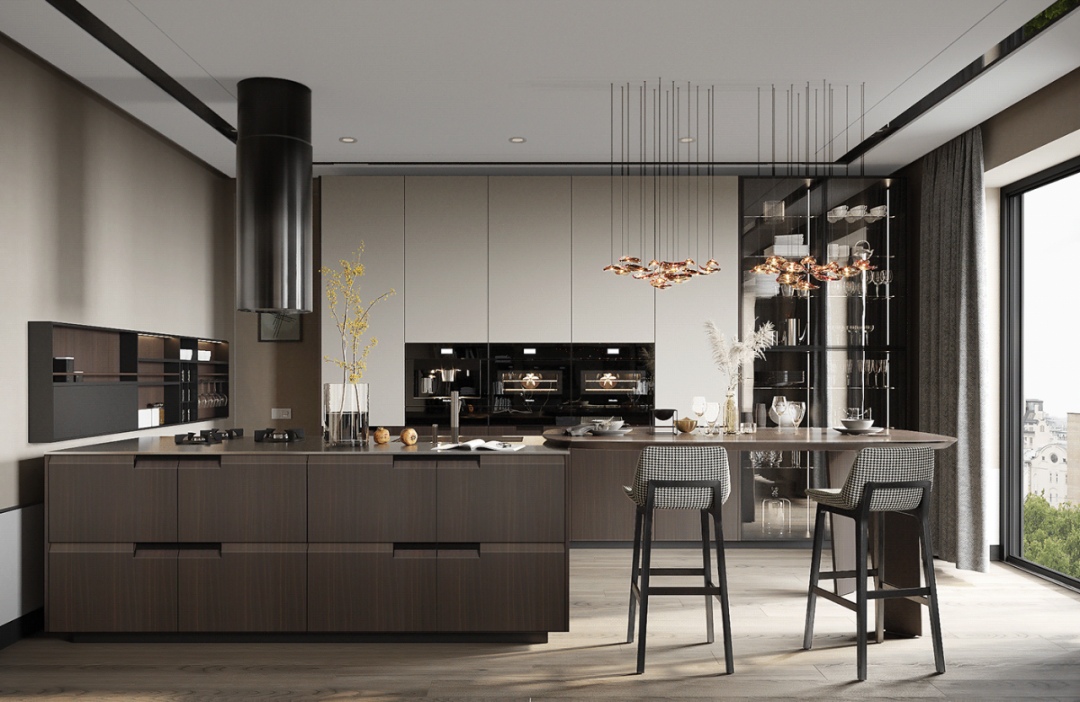
6. Secondary space measurement
Process: The designer takes the basic conceptual framework to the site, repeatedly considers and corrects the details.
Product size verification, especially furniture, to fully verify from the length, width and height, repeatedly feel the reasonableness of the site.
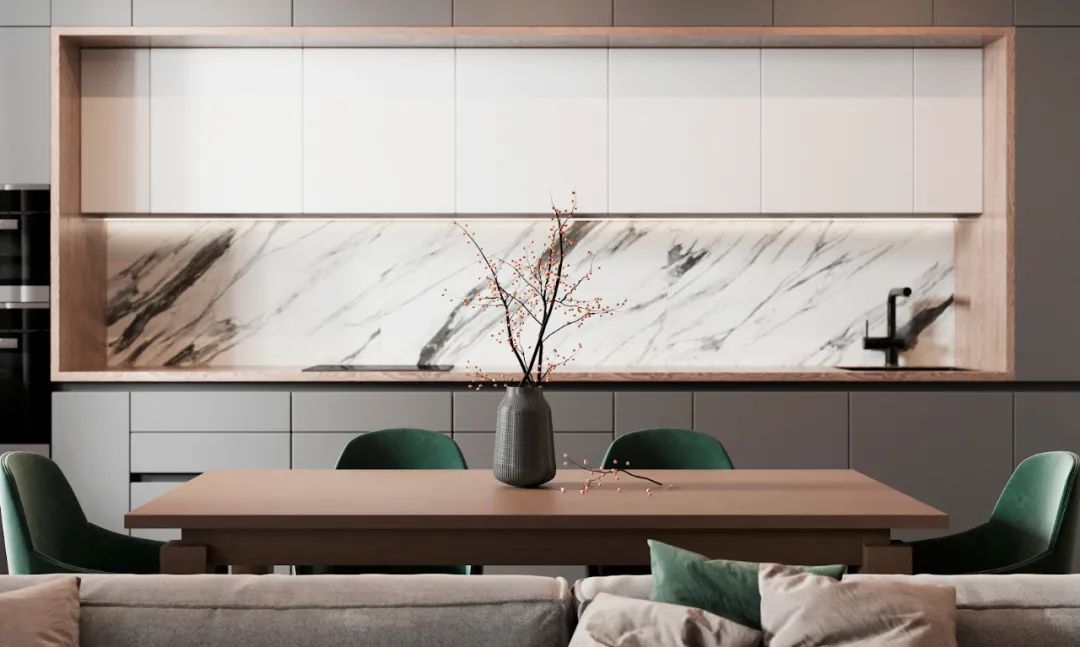
07. First draft of the program
Process: according to the home design process for the program production, pay attention to the proportion of the product relationship (furniture 60%, fabric 20%, another equal share 20%).
Note: If you are just starting to learn about accessories, it is better to make 2-3 sets of programs so that customers have a choice.

08. Sign the design contract
Process: Sign the soft furnishing design contract after the preliminary plan is confirmed by the customer.
First design fee: 60% of the total design fee will be charged, and the measurement fee will be incorporated into the first design fee. 3 days to propose dissatisfaction with the preliminary plan, the first design fee can be fully refunded after deducting the measurement fee and cancel the contract.
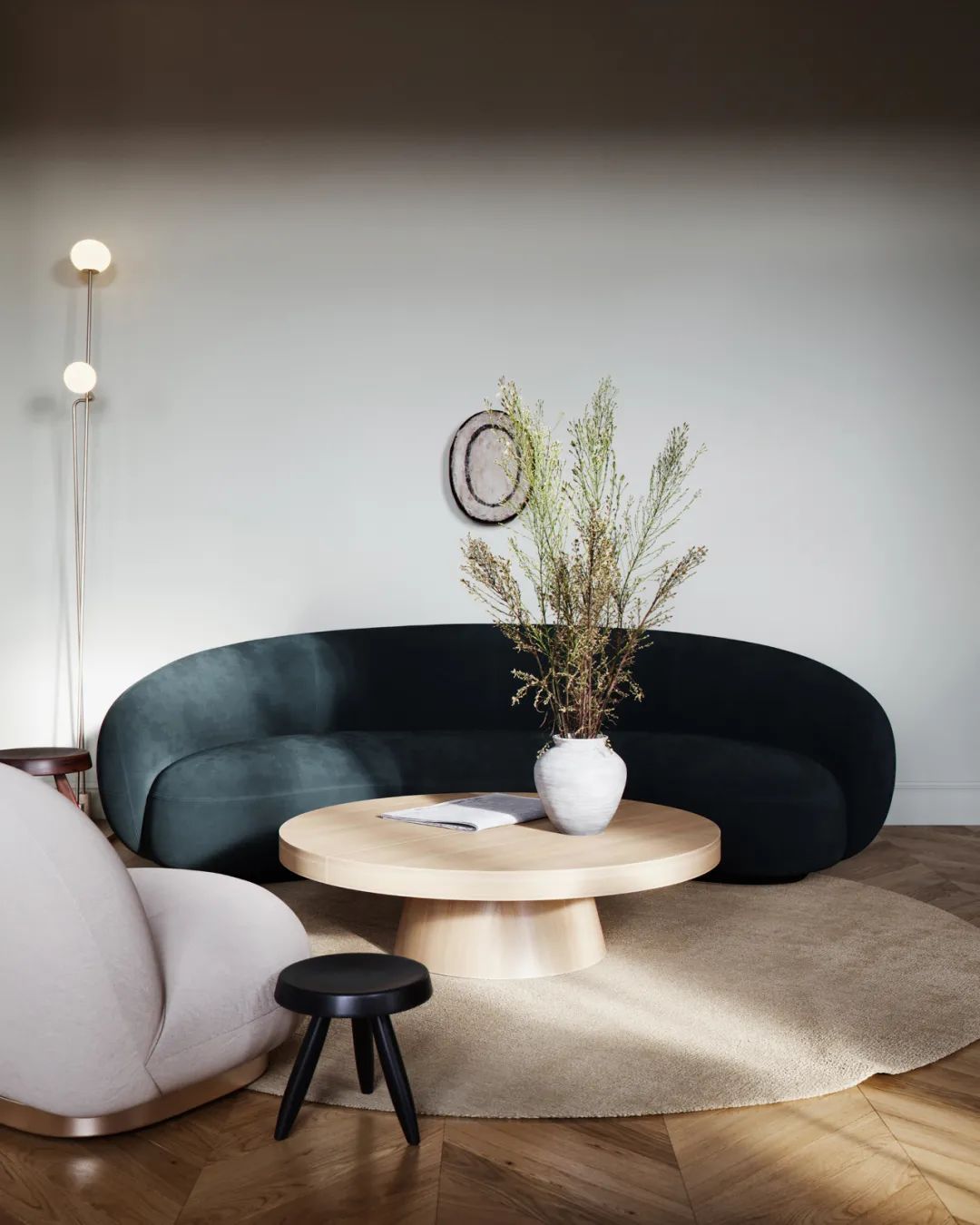
09. Home information collection
Process:
- Furniture selection
- Brand selection (market inspection)
- Customization: ask the supplier to provide CAD drawings, product list, quotation.
2. Fabric, soft furnishing materials selection: product inspection
(The correct order is: furniture – lighting and fabric – paintings, floral art, accessories, etc.)
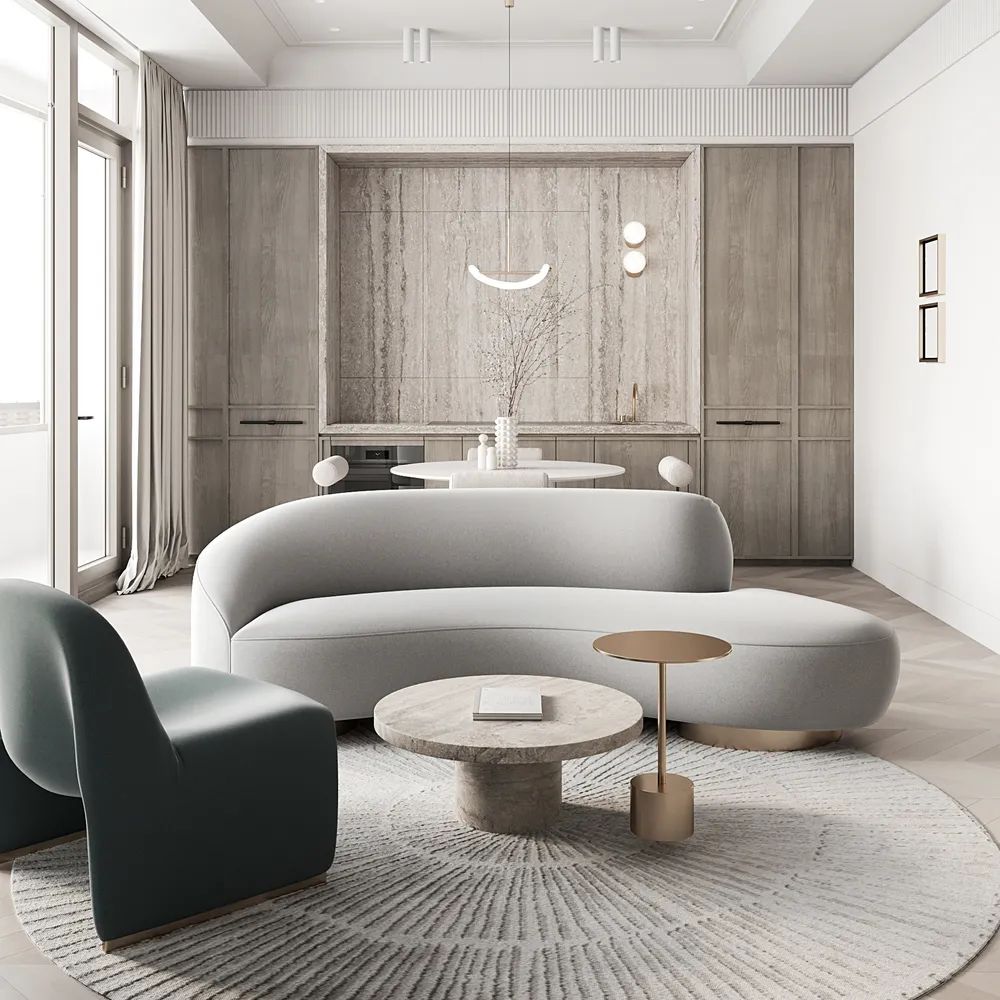
10. Final program development
Process: On the basis of the positioning program and the customer to achieve initial approval, through the adjustment for the product, clear in this program the price of each product and the combination of the effect. According to the home design process for the production of the program, the introduction of a complete accessory design program.
Note: This link is the formal program under the premise of the preliminary program to get the basic approval of the customer, can be made under the premise of color, style, product, model recognition of two forms of quotation (a mid-range, a high-end), so that customers have a margin of acceptance.
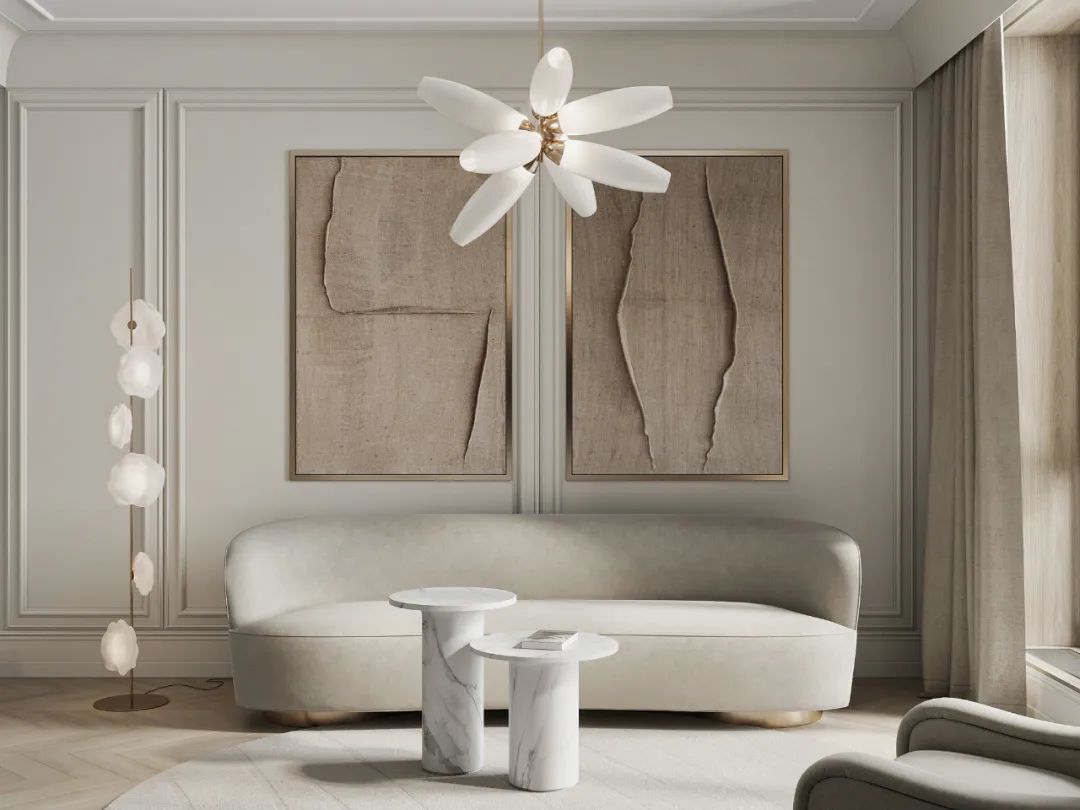
11. Program explanation
Process: Give customers a systematic and comprehensive introduction of the formal program, and in the process of introduction of continuous feedback on customer comments, so that the next step to modify the program, to seek the views of all family members, to summarize.
Note: A good program accounts for only 30-40 points, the other 60-70 points depend on the effective expression of the designer. Prepare carefully and arrange carefully before presenting the scheme.
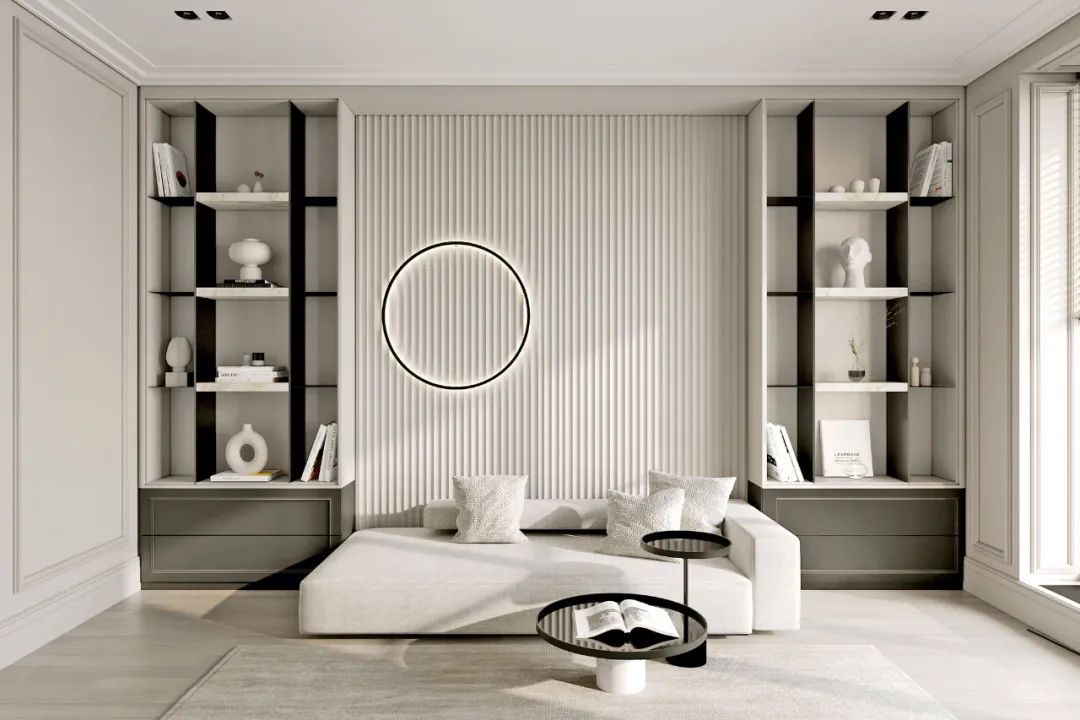
12. Modify the program
Process: After the explanation of the program with the customer, the program will be adjusted in response to the feedback from the customer. Including color adjustment, style adjustment, adjustment of accessory elements, and price adjustment. In-depth analysis of the customer’s understanding of the program.
Note: When adjusting the plan, the designer should not listen to the client’s opinion 100%, but use his own professional perspective to explain the explanation and communicate to develop an effective plan.
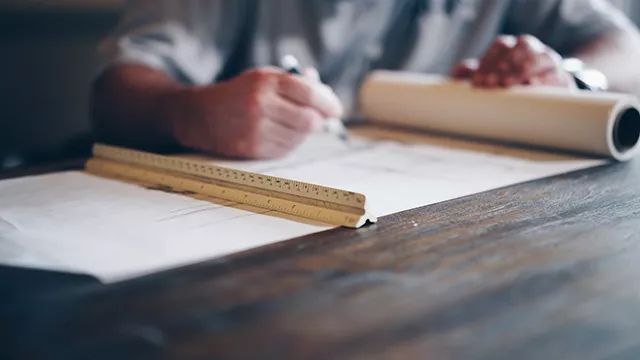
13. Determine the home products
Process: Before signing a procurement contract with the customer, approve the price and inventory of the products with the home product manufacturer, and then determine the home products with the customer, confirming them one by one according to the list in the accessory program.
Furniture brand products, first take the customer for sample determination, custom products, the designer should ask the manufacturer for CAD drawings and match in the program.
Note: This link is the key to the accessory program, providing the basis for the procurement contract later.
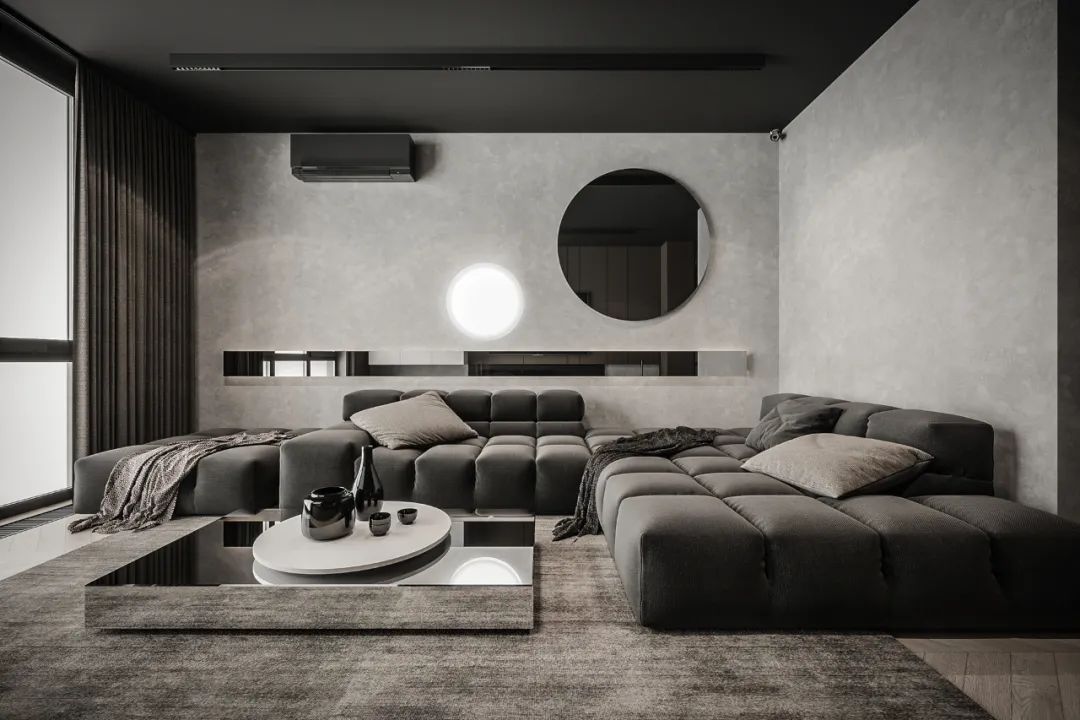
14. Sign the purchase contract
Process: Sign the purchase contract with the customer, sign the supply contract with the manufacturer
Notes:
- Sign the contract with the customer, especially the custom furniture part, to add 15 days on top of the time the manufacturer ensures delivery.
- Signing a contract with the furniture manufacturer plus a preliminary acceptance after the production of stubble furniture is completed.
- The designer should personally go to the factory to inspect the furniture before it is painted, the material, the process of gatekeeping.

15. Purchase of products
Process: lies in the customer after the contract, according to the design plan of the sort of purchase and customization of accessory products. In general, the furniture in the accessory items is determined and purchased first (30-45 days). The second is the fabric and soft furnishing materials (10 days), and other accessories need to be customized if necessary to consider the time.
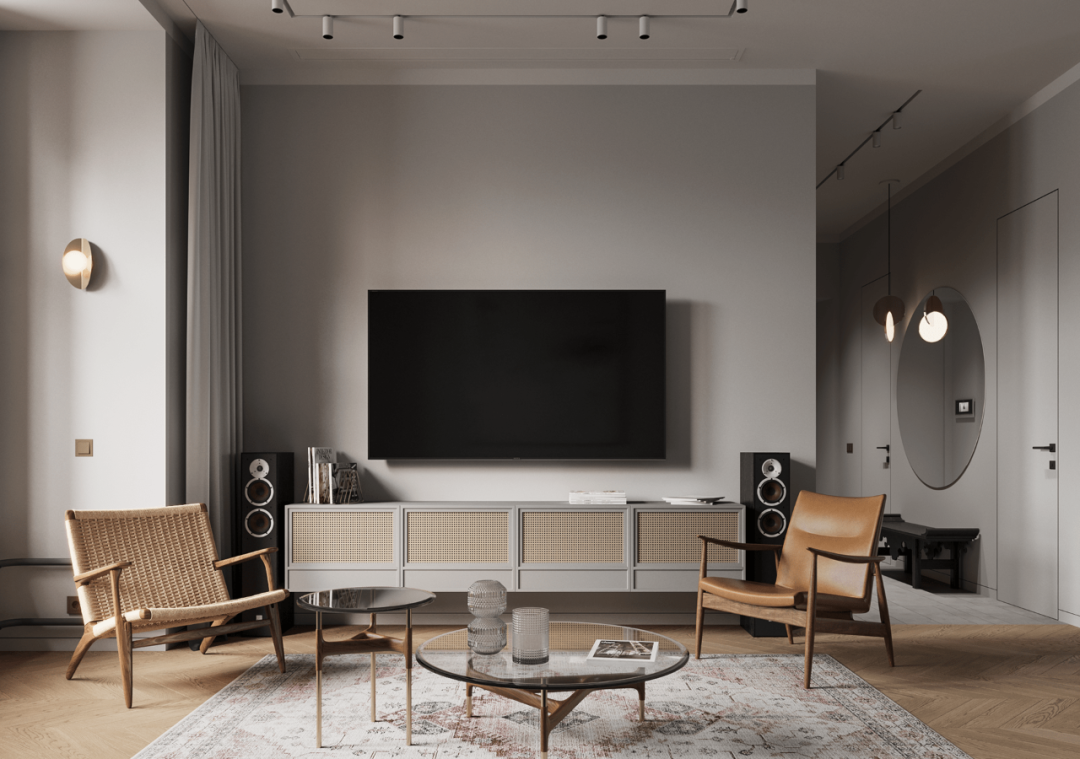
16. Product re-measurement before moving in
Process: When the furniture is about to leave the factory or sent to the site, the designer should again remeasure the site space, has determined the size of furniture and fabric and other approved at the site.
Note: This is the last hurdle of the product into the field, if there are problems can still be adjusted.
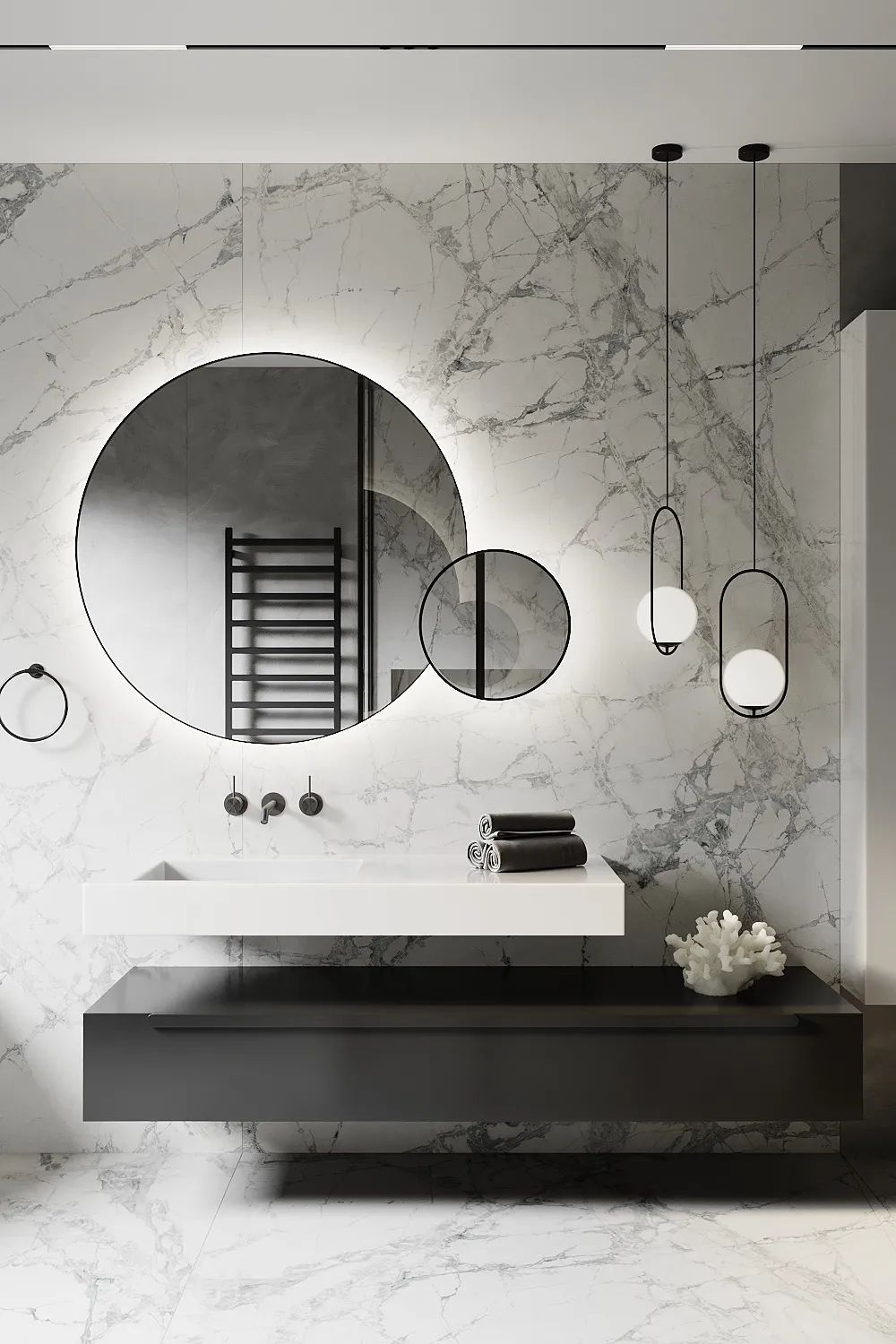
17. On-site installation and placement
Process: As a soft furnishing designer, the actual ability to place the products is equally important.
Generally will be adjusted in accordance with the order of soft furnishing materials – furniture – fabric – paintings – accessories, etc. Placement. Each time the product arrives, the designer will be personally involved in the placement.
Note: soft decoration is not a pile of elements, is to improve the quality of life. The combination of accessory elements should be placed with full consideration of the relationship between the elements and the habits of the owner’s life.
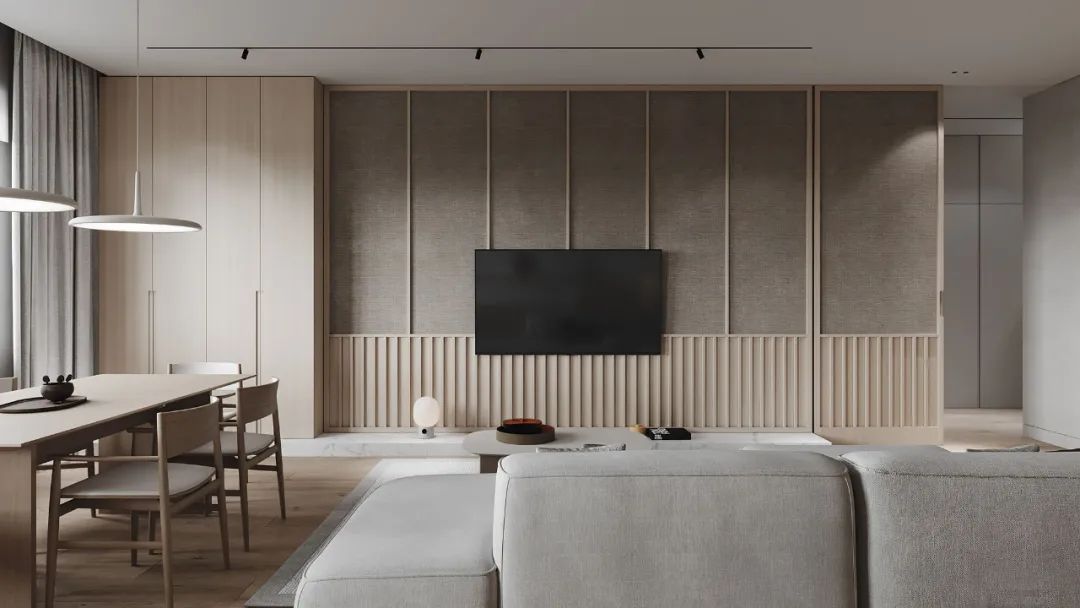
18. Service
A total of one cleaning after the completion of the soft furnishing configuration. Return visit tracking, warranty survey and delivery repair .
Of course, this is only the basic process, if you want to learn a more professional soft furnishing design set, it is recommended to enroll in a class system learning.

 WOWOW Faucets
WOWOW Faucets

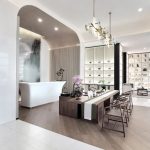
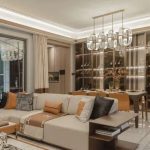

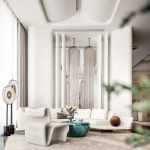
您好!Please sign in